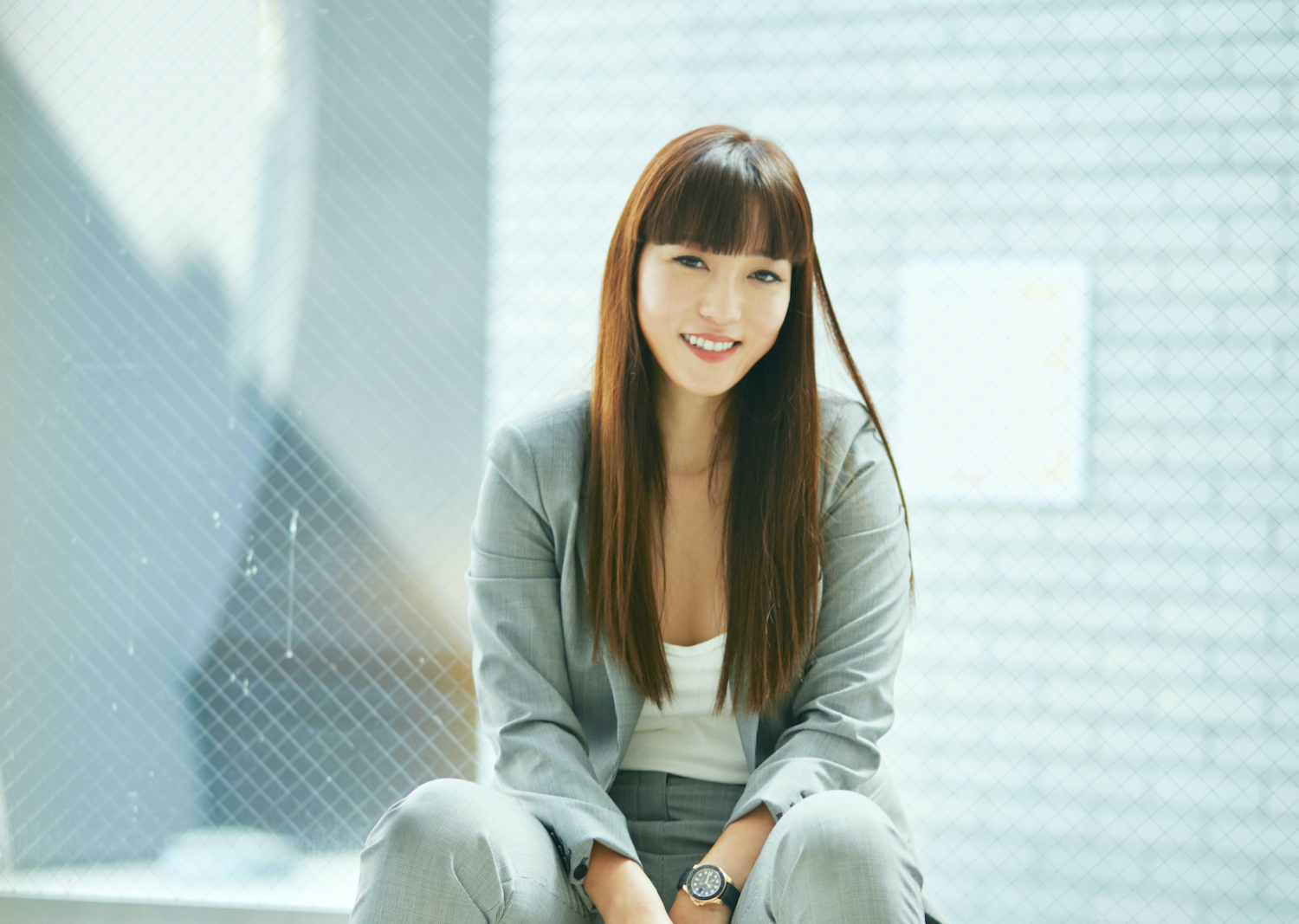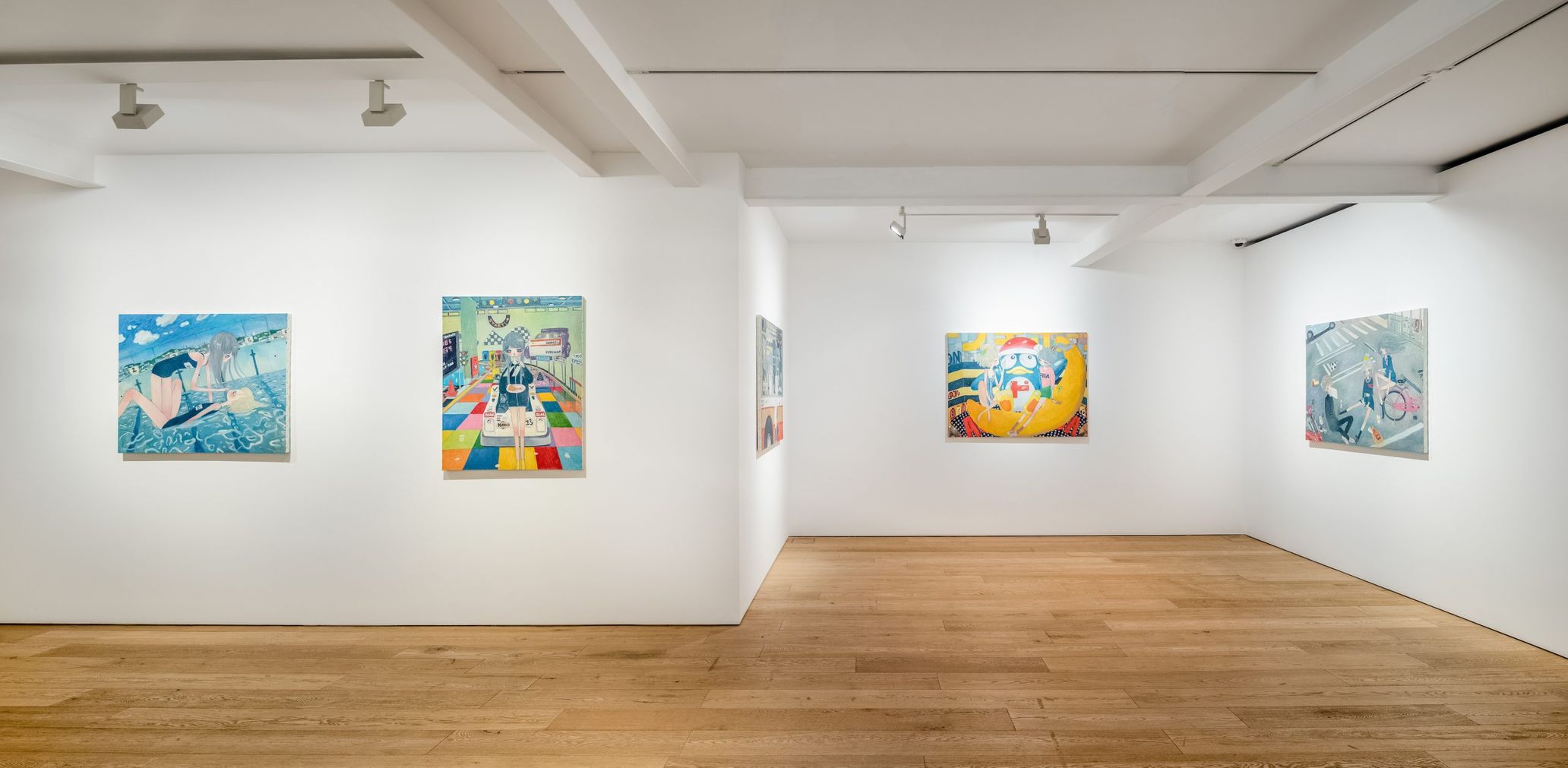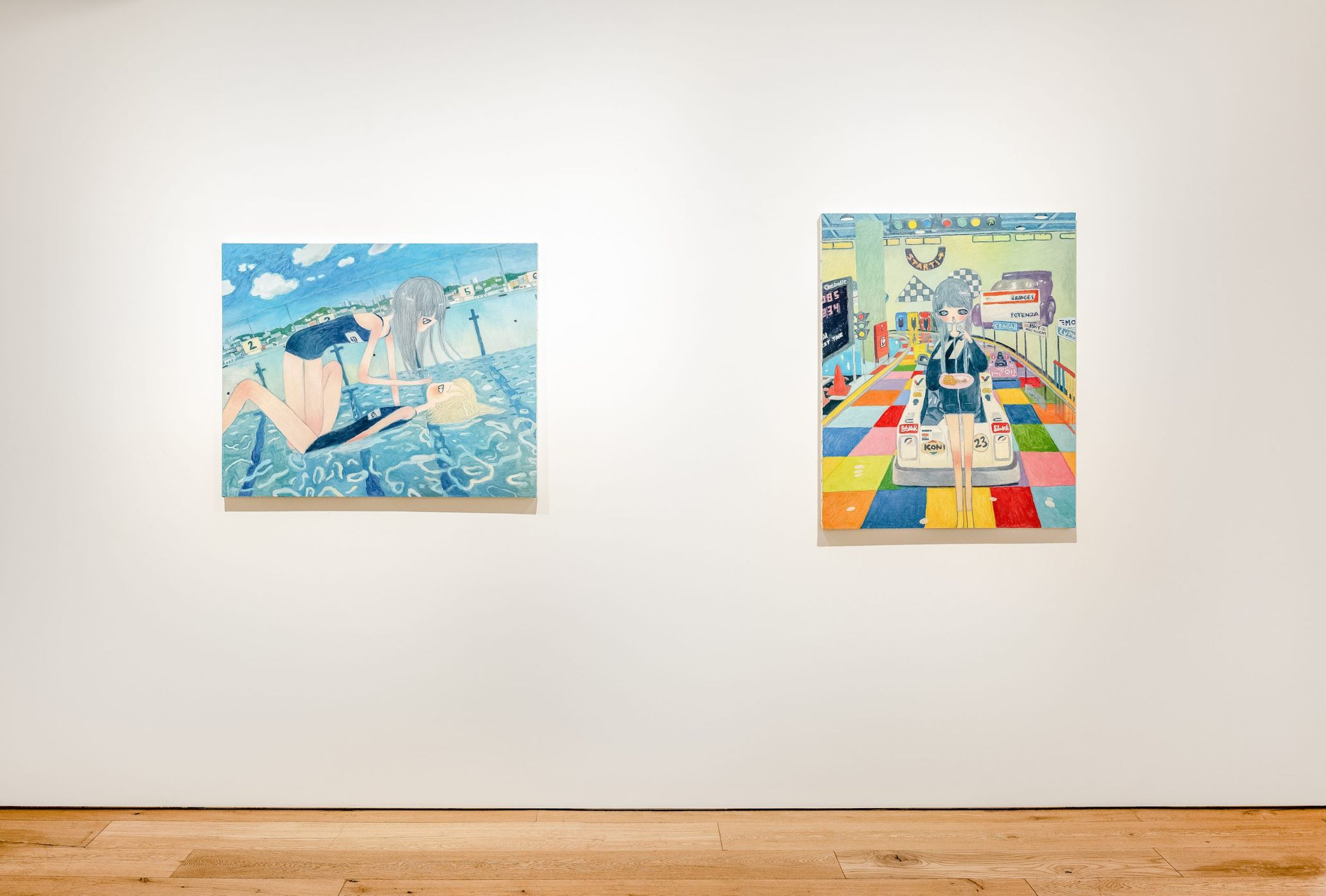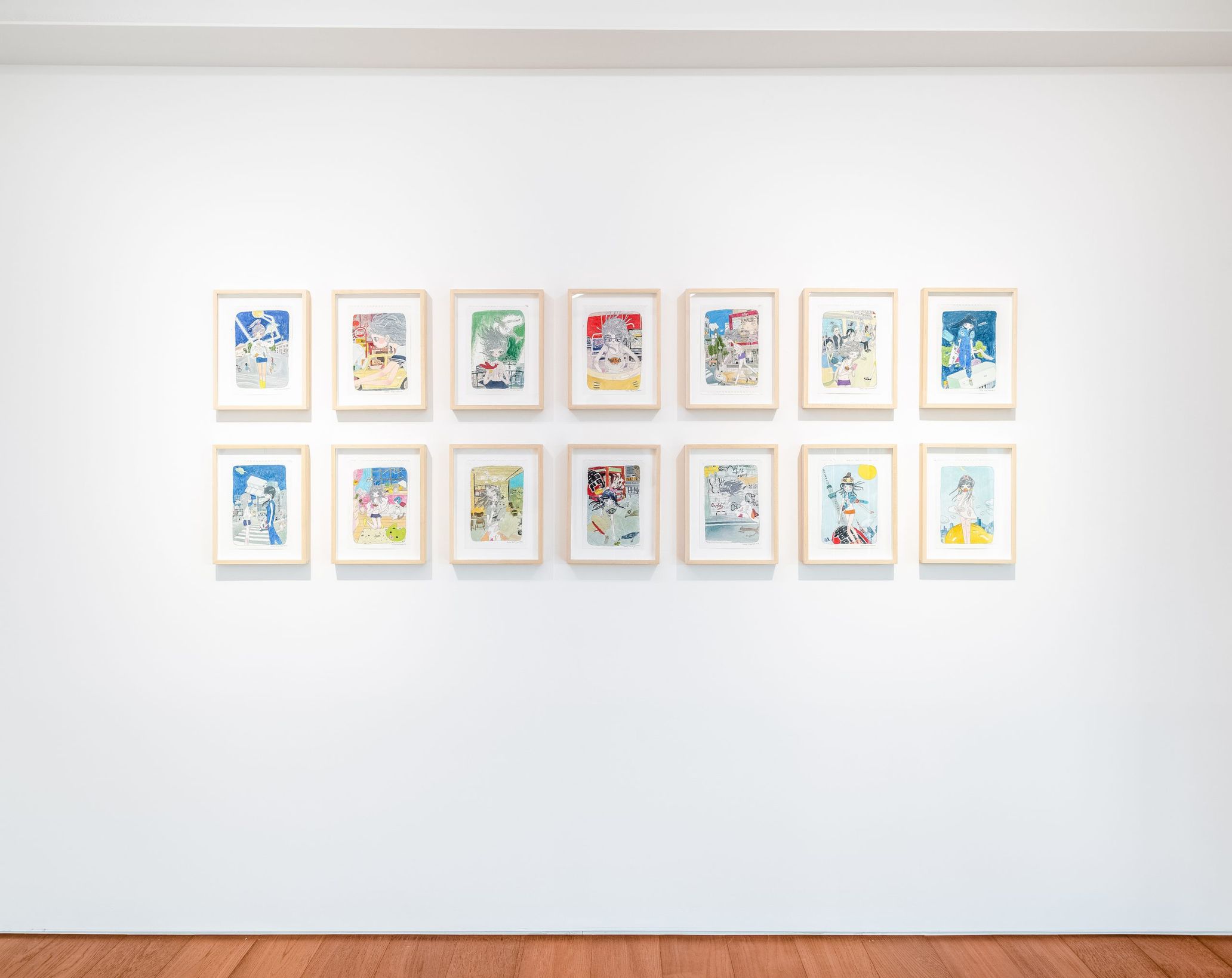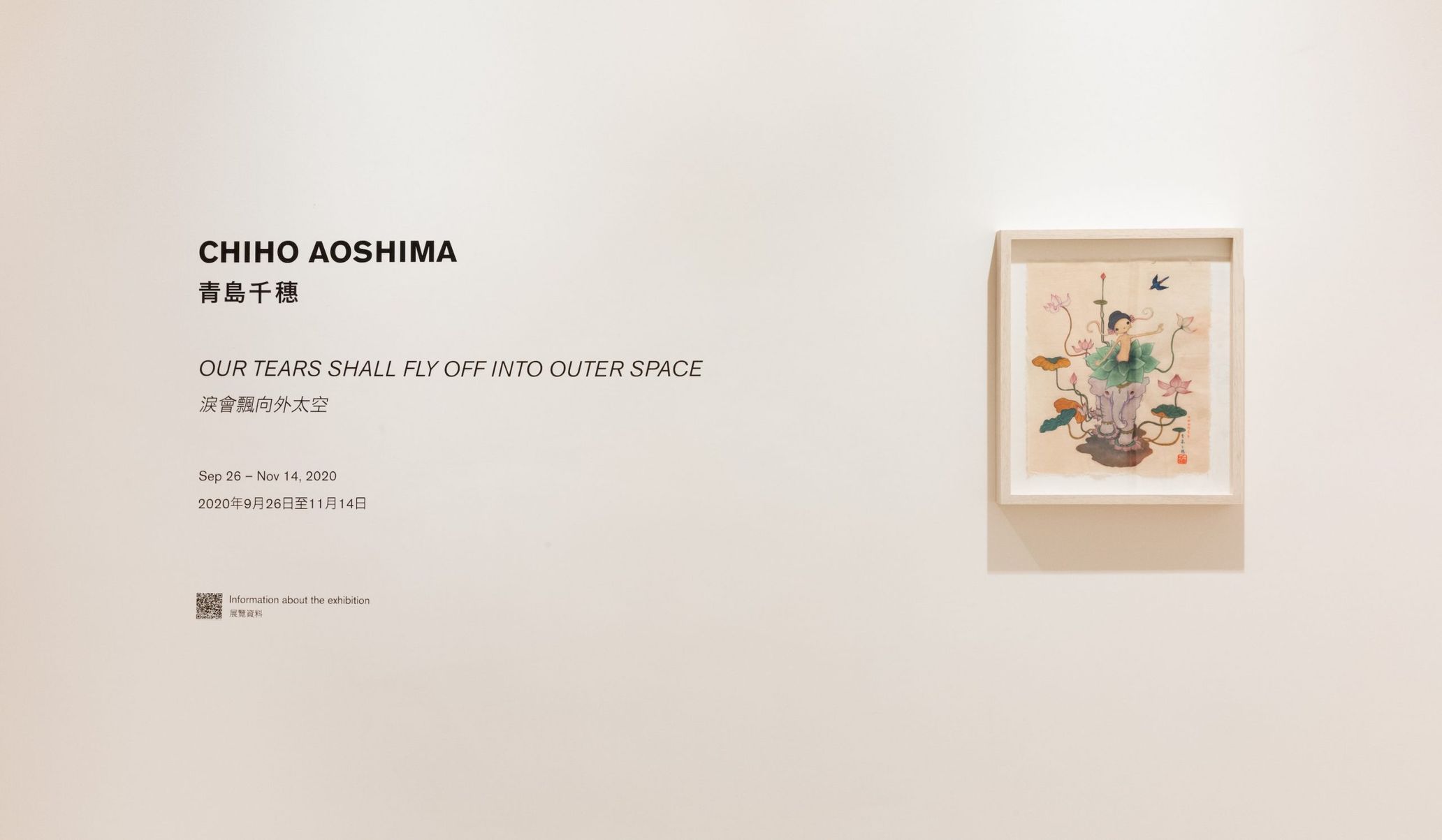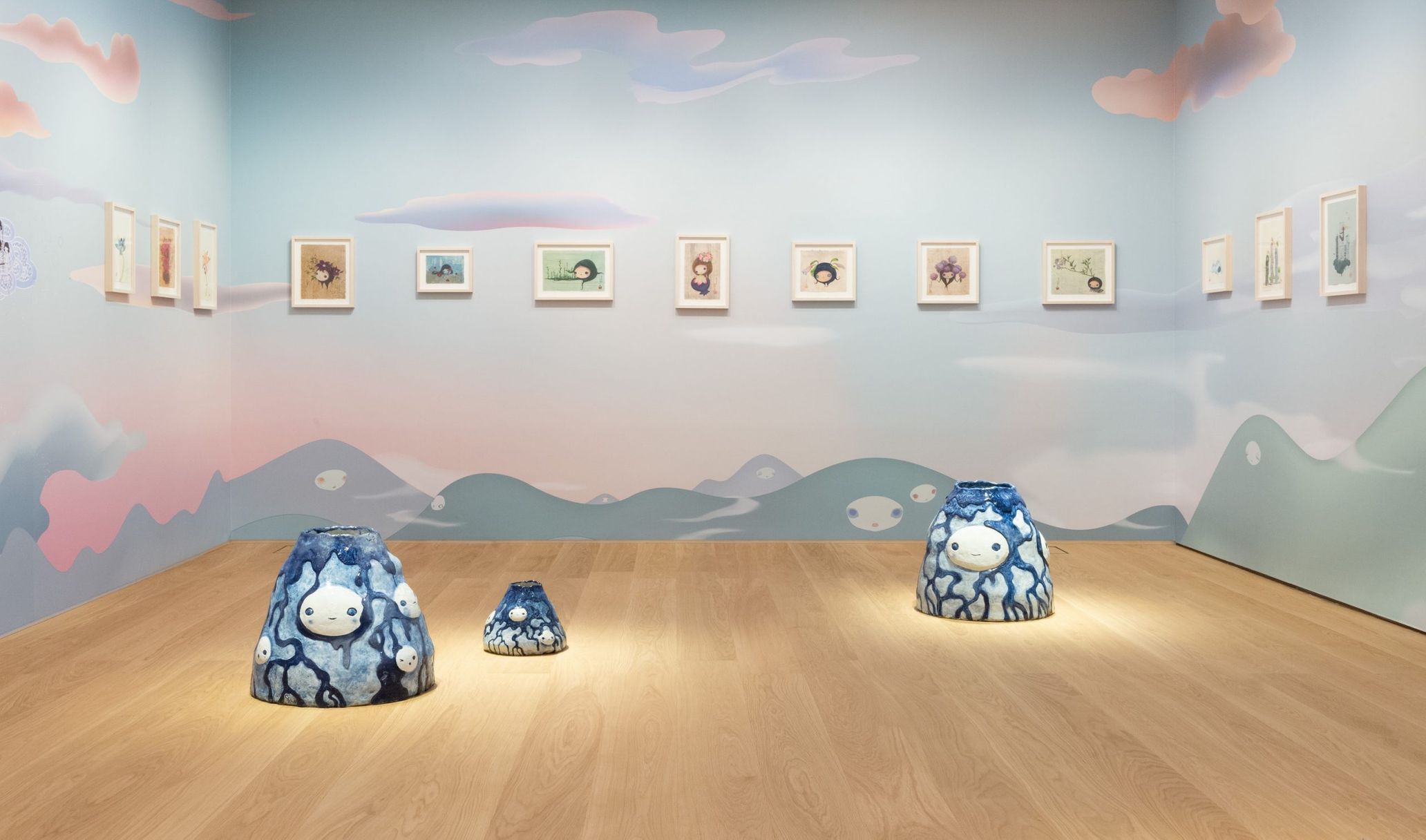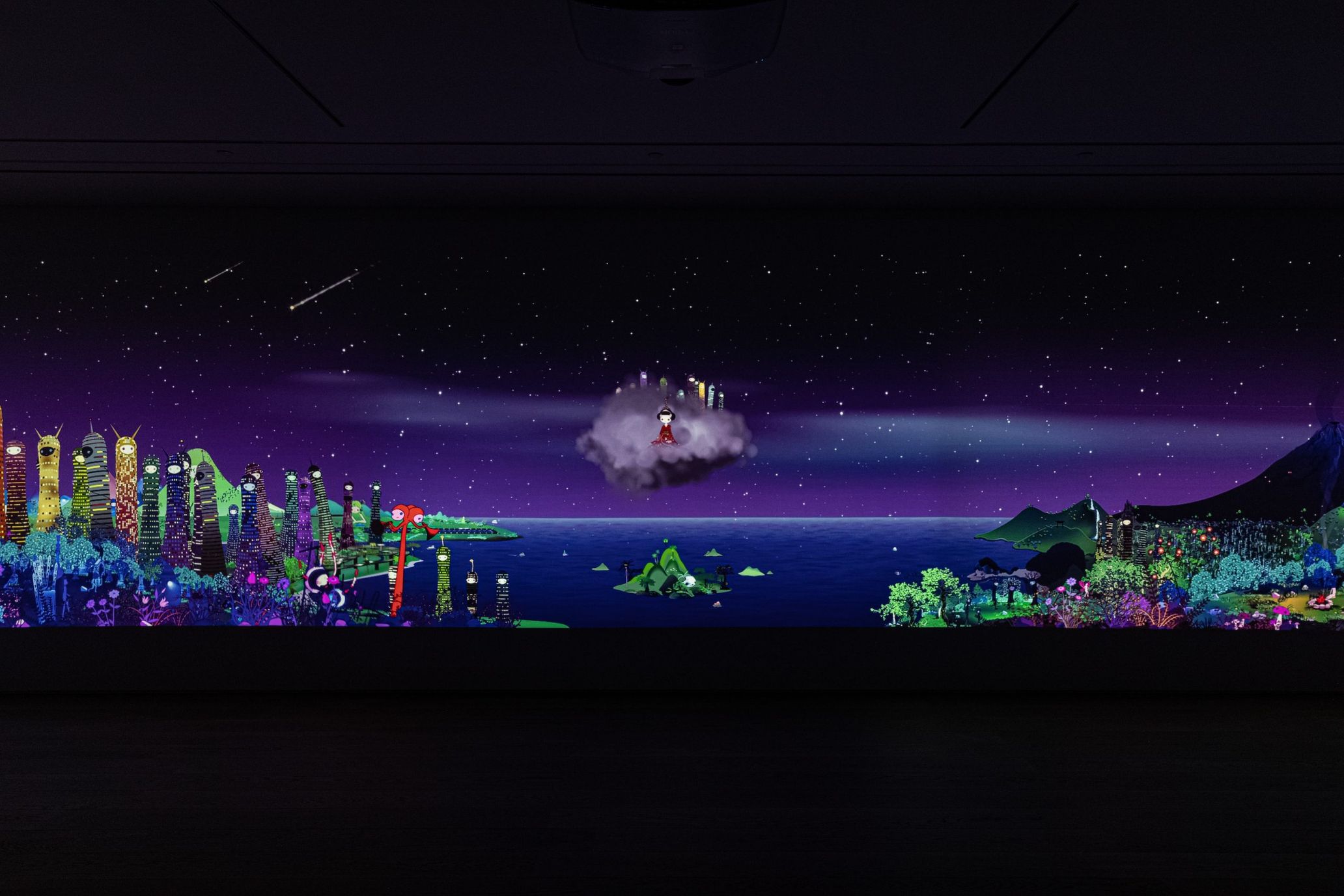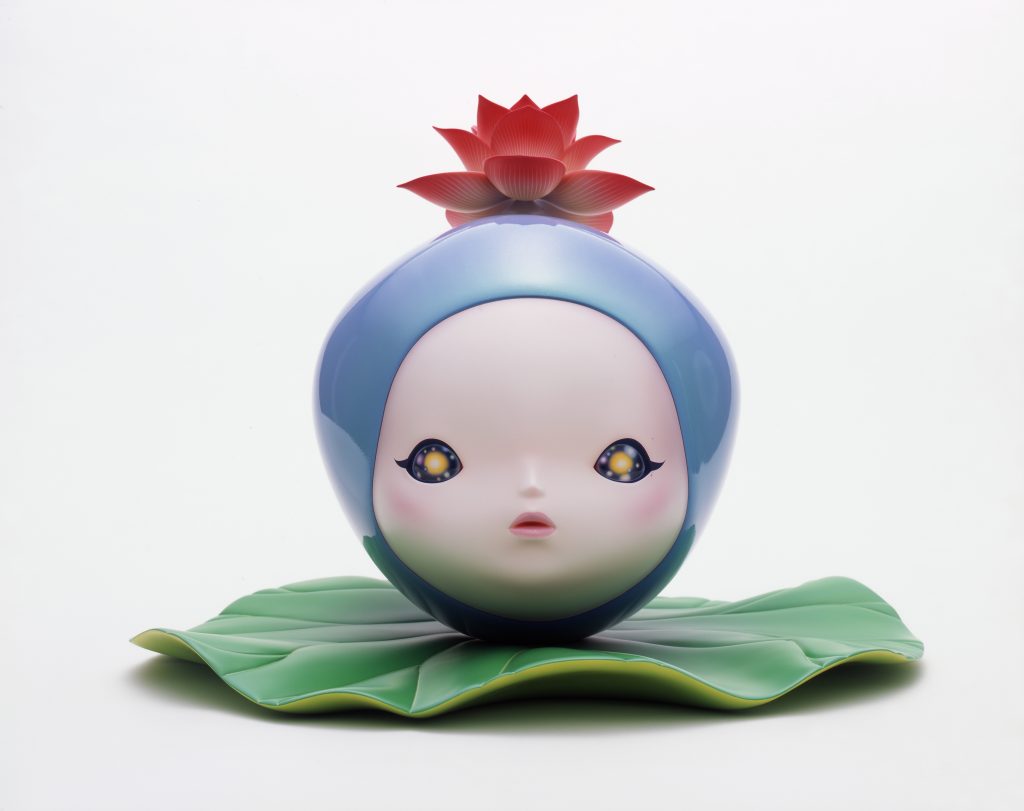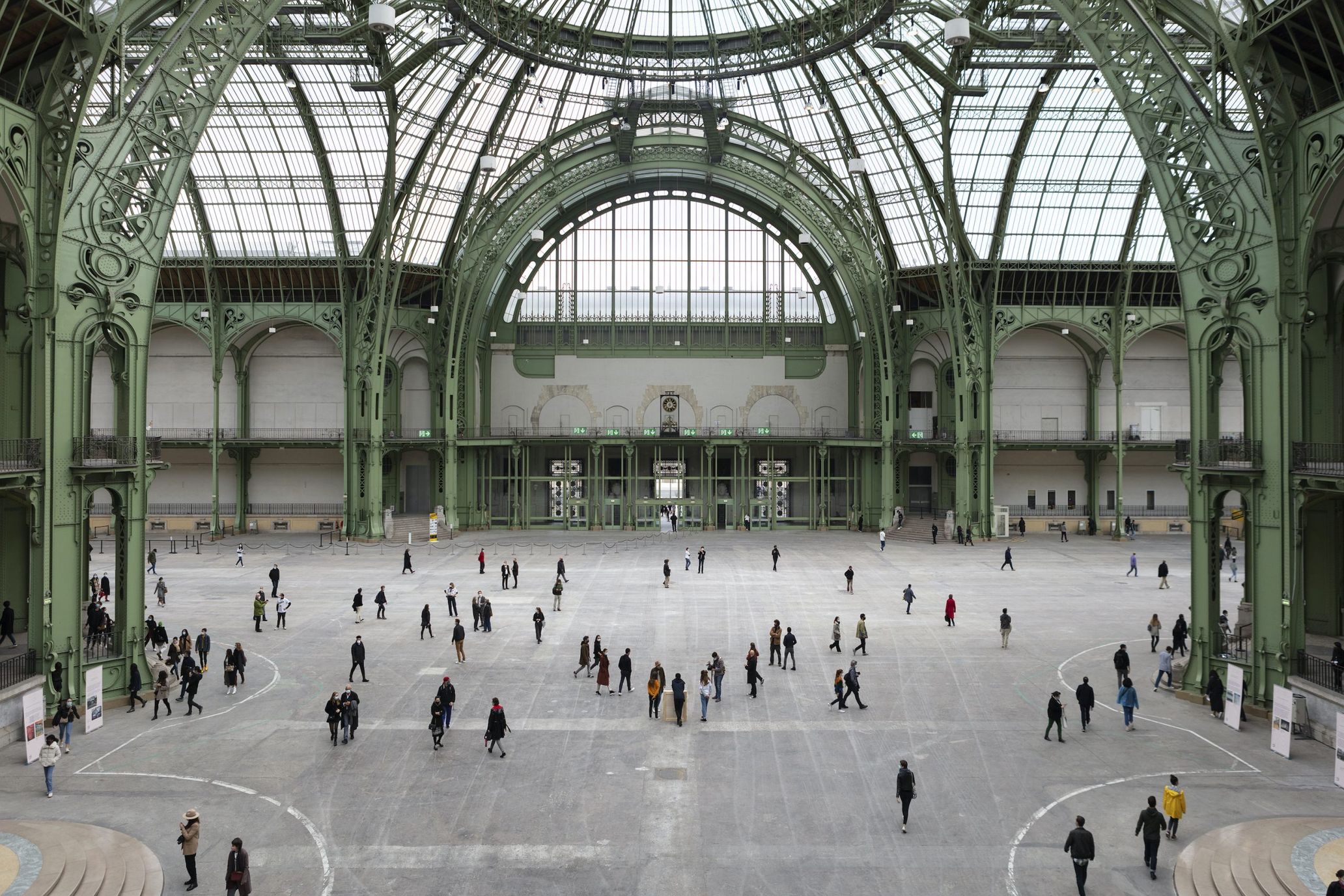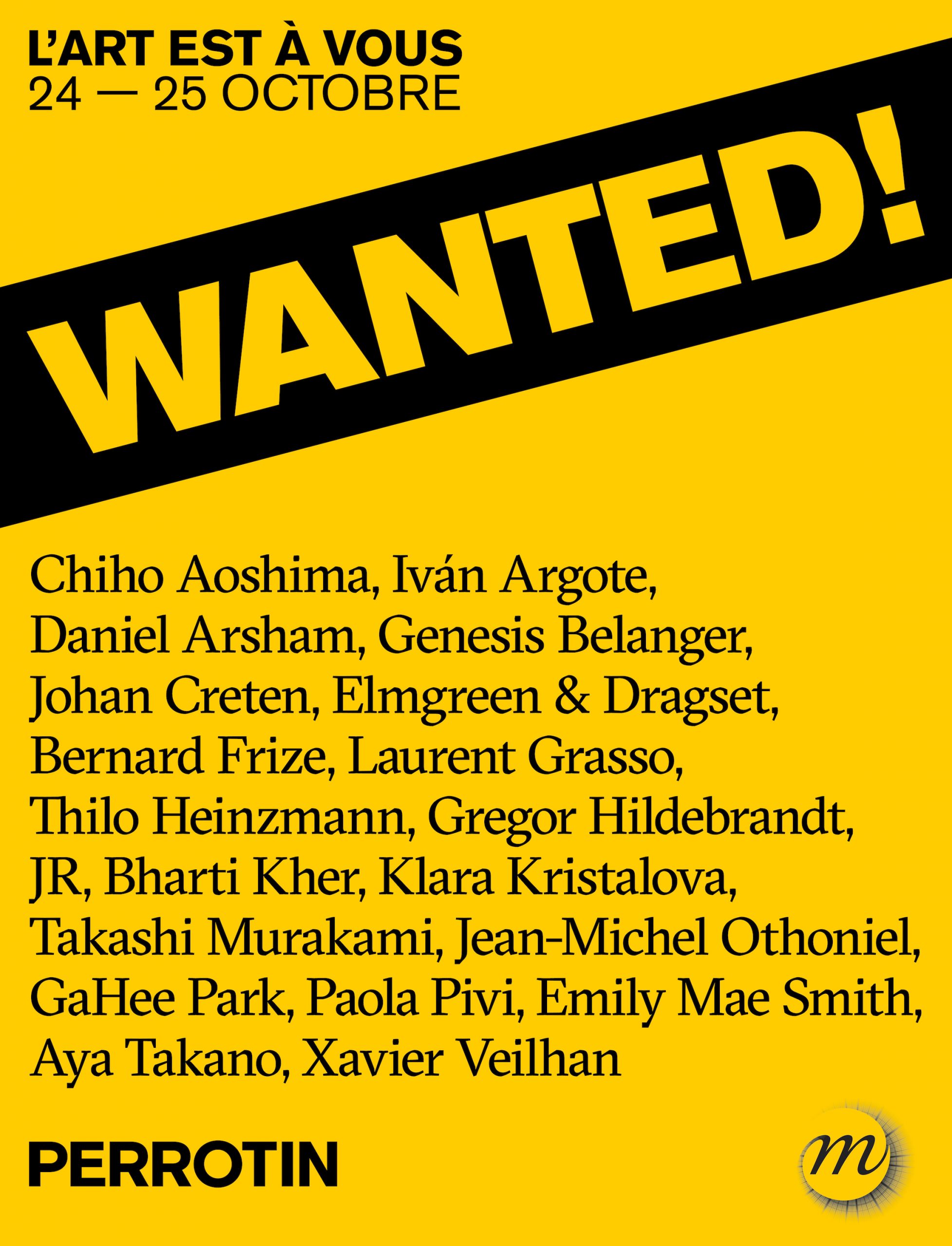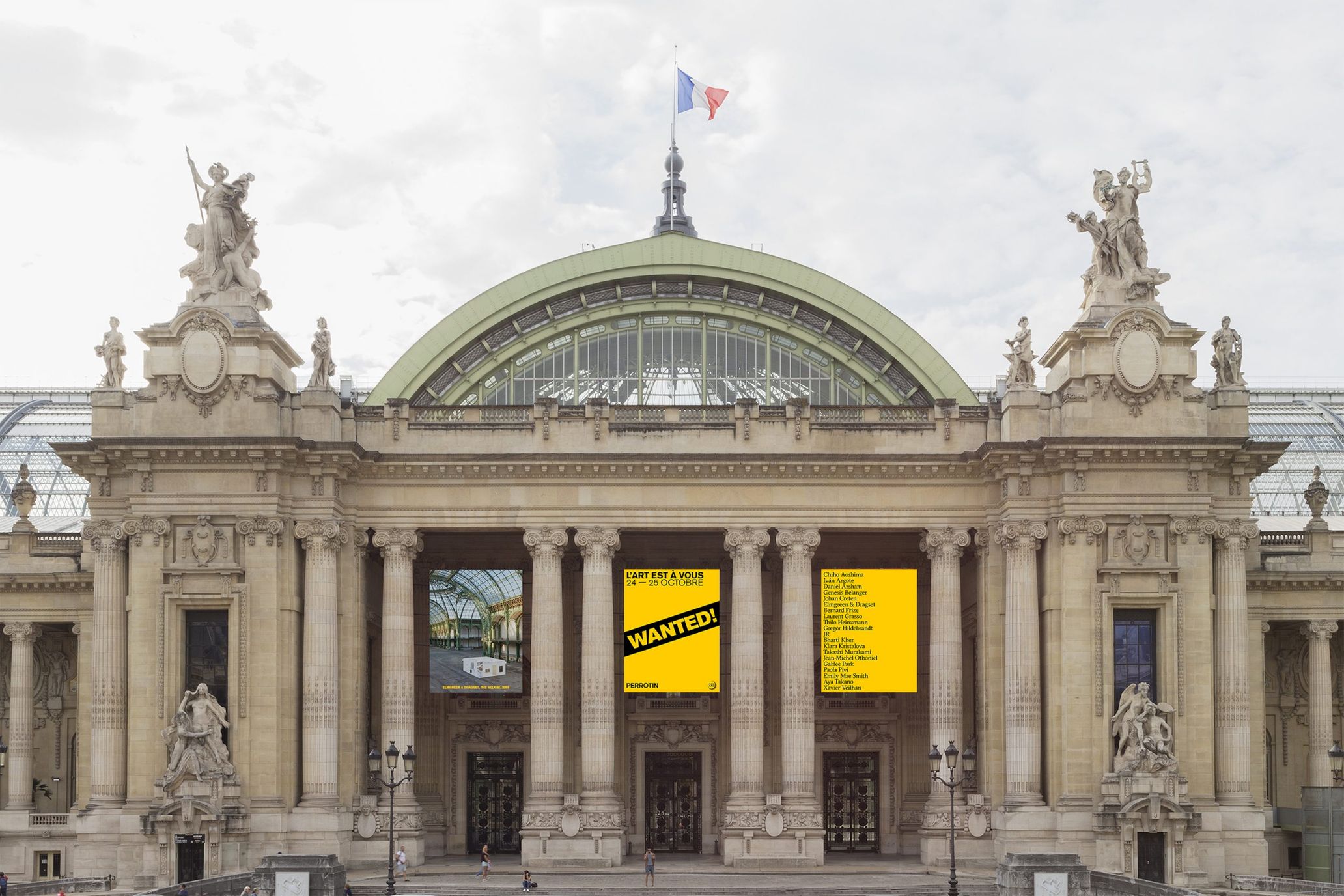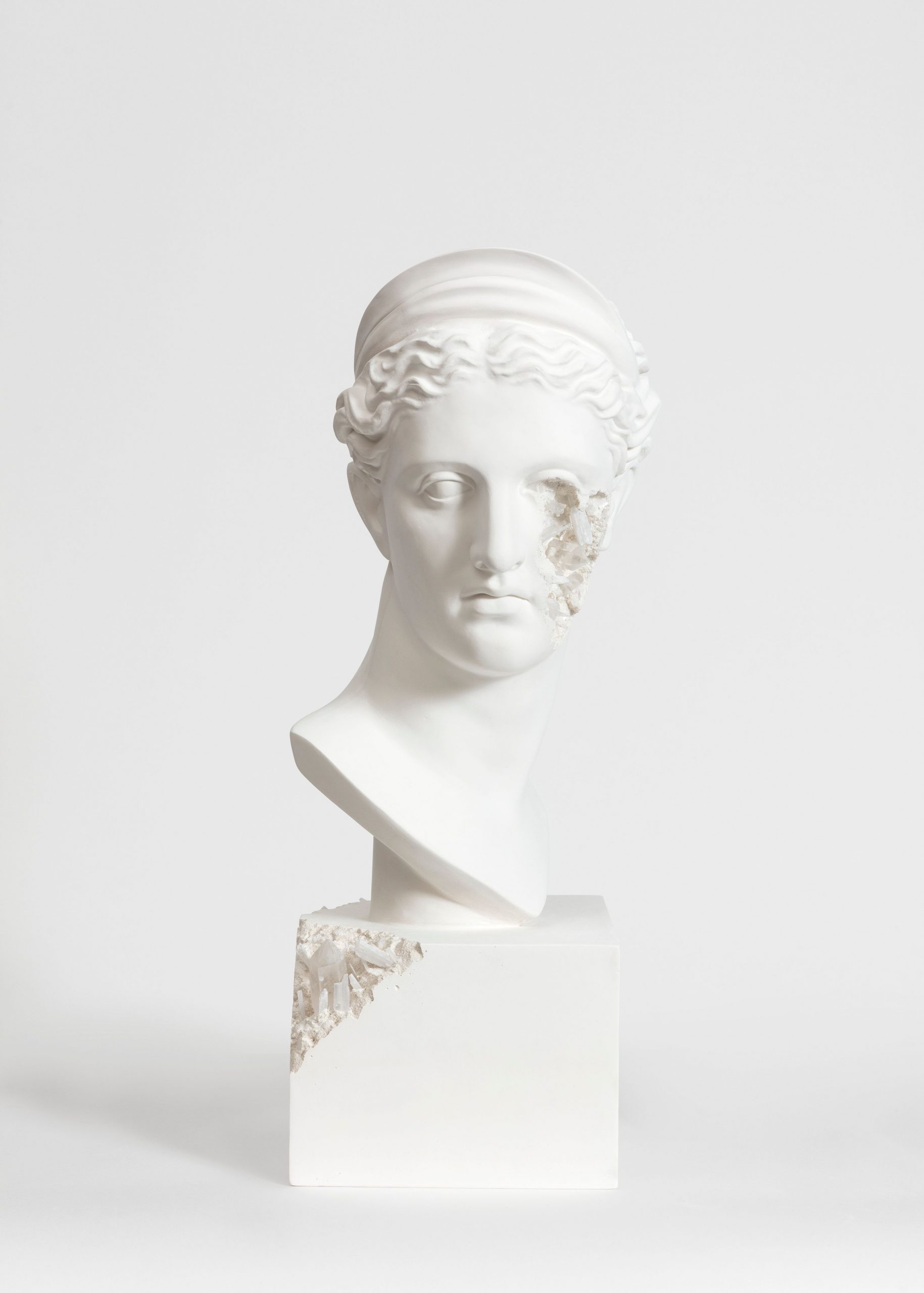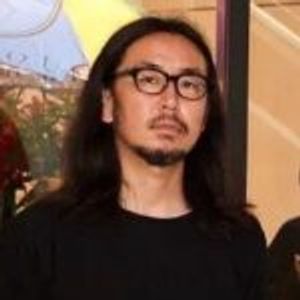From business to science, the number of situations where people advocate for the necessity of art is dramatically increasing. Although the world doesn’t look different under the influence of the corona pandemic, people’s minds are changing; under such change, how does everyone’s perception of art transform? Gallerists, artists, and collectors are now researching and trying to predict what kind of art will appear in the post-corona generation.
For the first volume of this series, we interviewed Etsuko Nakajima, partner of Asia-Pacific’s French mega-gallery “PERROTIN.” In this article, we will explore the influence of corona on the art market, and how PERROTIN has been single-handedly creating new possibilities for the art market by expanding the boundaries of art and entertainment.
――Please tell us about your vision of what galleries should be and what direction they should take during the pandemic.
Etsuko Nakajima: I get the impression that we are now hitting the restart button since the world understands that in this current situation, it is impossible to carry on with money games and old-fashioned mentalities aimed only at mega-galleries. Such problems, including the necessity of art fairs in the current state, should also be discussed more often.
――I hear that due to the increasing number of art fairs around the world, the interest in the fairs itself is diminishing.
Etsuko: Everyone was tired of them. Art fairs are also businesses, so the excitement surrounding them depends on how they’re presented. I feel that old-fashioned art fairs and gallery exhibitions don’t work anymore; they’re broken.
――Is there any change regardless of the nature of galleries?
Etsuko: The other day, I went to the United States, and I felt like everyone’s mind was in a state of disarray, almost like everyone has a latent, unconscious wish for this situation to snap at least once. I think that the absolutistic American model of capitalism will be questioned regardless of the outcome of the upcoming presidential election.
There are always movements that come from such developments. At the same time, Asia is steadily expanding its market. With the emergence of formerly hidden geeky artists and collectors, Asia will need galleries to assert itself.
Photography Hyunjun Lee
©2020 Aya Takano/Kaikai Kiki Co. All Rights Reserved. Courtesy Perrotin
©2020 Aya Takano/Kaikai Kiki Co., Ltd. All Rights Reserved. Courtesy Perrotin
――Specifically, which markets are you paying attention to now?
Etsuko: Right now, I’m based in South Korea since, for artists, it’s a gateway to success. There are many writers producing edgy art and collectors with a good eye. Chinese people are pretty strong in the market, especially Millennials artists; their sense of self-assertion is amazing. Of course, they do adopt Western values, but they are strongly reluctant and opposed to what they don’t agree with. The children raised with great care under the one-child policy ended up forming their own ethics and values towards art, and as a result, a unique and Asian aesthetic was created, different from the Western value standards that had been leading the way until now.
――Would you say that physical policies gave birth to something original?
Etsuko: I would say so. Another example would be the second and third generations of Asians overseas. For instance, Asian stand-up comedian Ronny Chieng, who’s on Netflix, satirizes American traditional policies from the inside, or Indonesian rapper Rich Brian, and MADSAKI: they’re establishing their Asian identity within the borders of Western culture. You could call it a social phenomenon, but I think of this as the center of the next generational movement.
――The old hierarchy doesn’t exist for Millennials.
Etsuko: I think so. However, Mr. Takashi Murakami, for example, has a great deal of support from the younger generation as an artist who pioneered new artistic expressions. It’s not about what people like or dislike about his works or his way of life; it’s their aspiration towards a leading figure in new methods of expression.
I am also thankful to him for posting on Instagram about his movie “Jellyfish Eyes Part 2: Mahashankh” facing bankruptcy during the pandemic. Of course, doing something like this will get you scolded by investors, but understanding that he’s in a difficult situation has softened my heart. I myself was working under intense pressure, so it made me feel better.
――What do we need to enjoy art more openly in this generation?
Etsuko: We have more time on our hands compared to before, so I want everyone to dig deeper into why you like art. In Japanese traditional art, pottery may become a big movement soon. Mr. Murakami also collects pottery as a hobby, and he’s even slowly showcasing some of it at PERROTIN. In Seoul, PERROTIN also held an exhibition by the name of “Healing,” which I think was able to heal everyone. In that regard, I recommend it as an entry. The price is not too high, so I would love for everyone to see it.
――Rather than desperately looking outward, there is a growing movement of self-localization, of looking inward.
Etsuko: It was the same when I opened PERROTIN Hong Kong ten years ago; you can’t lump together all of Asia. That’s why I opened branches in Shanghai, Tokyo, and South Korea. Actually, it’s more efficient to invite artists from abroad, but that way the local market doesn’t grow. Unless you clearly communicate the significance of running galleries locally, the community won’t accept it. As a business, its education is important, so I think it will take time.
Photography Ringo Cheung
©Chiho Aoshima/Kaikai Kiki Co., Ltd. All Rights Reserved. Courtesy of Perrotin
FRP, lacquer 29.5 x 50 x 50 cm Indoor sculpture
©2010 Chiho Aoshima/Kaikai Kiki Co., Ltd. All Rights Reserved. Courtesy of Perrotin.
――Which young artists are you paying attention to?
Etsuko: I’m looking forward to my daughter’s generation, to what teenage artists are going to do from now. This year, the inclination to endorse female artists was particularly remarkable. Everyone is being drawn to women’s work, like Chiho Aoshima in Hong Kong, Aya Takano in South Korea and Claire Tabouret. There’s a lot of anticipation towards Emi Kuraya’s exhibition in Soul next January.
――So far, art and street culture, fashion and club music are mixing, creating a new type of contemporary art that I feel has maturated to a degree. What do you think will happen to this movement in the future?
Etsuko: Emmanuel (Perrotin) has always wanted to create a highly entertaining gallery that mixes not only art but also music and fashion. He wants to reach “democratization,” which is the next level, where everyone will be able to enjoy art, regardless of their economic situation. Entertainment is also just one of the ways we can approach art. When “FIAC” was canceled this year and the whole art industry fell into depression, Emmanuel came up with the idea of renting out the Grand Palais and held “WANTED!” last month, an art treasure hunt event. It was a game that consisted of finding artwork hidden in the Grand Palais, which you could take home as it was; anyone could participate as a general applicant. Mr. Murakami, Bernard Frize and everyone else also participated.
© Takashi MURAKAMI/Kaikai Kiki Co., Ltd. All Rights
© Courtesy of the artist & Perrotin
――I heard it was a big-hearted project: depending on their luck, the visitors could bring home artworks from 20 different artists.
Etsuko: We have to spread art and bring happiness to each other exactly because of these uncertain times. Our idea is very simple: from now on, we would like to propagate Asian contemporary art as much as possible, all the while thinking about what PERROTIN should become next, how it should evolve.
――What do you actually mean by evolution?
Etsuko: We want to gradually increase the number of branches and nurture the next generation of artists. Young artists can develop themselves in places like South Korea and Shanghai, which act as gateways to success, and then connect them to Paris and New York; we can do that. That’s why Asia is hot right now.
――Do you think that Japan’s art market has any potential for the future?
Etsuko: The good news these days is that the Pola Museum of Art won the bid at Sotheby’s auction for a (Gerhard) Richter’s for three billion yen. Until now, the Japanese market has been considered less influential than the Chinese or the Korean one, but it’s making a comeback. I believe there is potential, both for the market and for young Japanese collectors.
Etsuko Nakajima
Born in Paris, Etsuko is the Asia-Pacific partner of Galerie PERROTIN. After studying art history at Sorbonne University, she worked at the Fondation Cartier pour l’Art Contemporain, and in 2002, she started working at Galerie Perrotin in Paris. She subsequently established galleries in Hong Kong, Seoul, Tokyo and Shanghai. She collaborates with artists such as Takashi Murakami, Mr., MADSAKI, Aya Takano, and Otani Workshop. In addition to PERROTIN, she has been involved in numerous exhibitions at museums around the world, such as the Mori Art Museum, Château de Versailles, Qatar Museums Authority, Garage Museum of Contemporary Art in Moscow, and Tai Kwun in Hong Kong.
Translation Leandro Di Rosa

